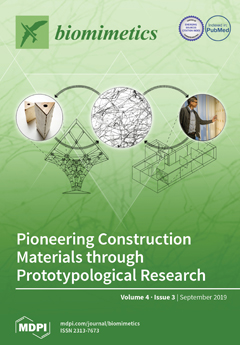How much information with regard to identity and further individual participant
characteristics are revealed by relatively short spatio-temporal motion trajectories of a person?
We study this question by selecting a set of individual participant characteristics and analysing
motion captured trajectories of an exemplary
[...] Read more.
How much information with regard to identity and further individual participant
characteristics are revealed by relatively short spatio-temporal motion trajectories of a person?
We study this question by selecting a set of individual participant characteristics and analysing
motion captured trajectories of an exemplary class of familiar movements, namely handover of an
object to another person. The experiment is performed with different participants under different,
predefined conditions. A selection of participant characteristics, such as the Big Five personality
traits, gender, weight, or sportiness, are assessed and we analyse the impact of the three factor groups
“participant identity”, “participant characteristics”, and “experimental conditions” on the observed
hand trajectories. The participants’ movements are recorded via optical marker-based hand motion
capture. One participant, the giver, hands over an object to the receiver. The resulting time courses of
three-dimensional positions of markers are analysed. Multidimensional scaling is used to project
trajectories to points in a dimension-reduced feature space. Supervised learning is also applied.
We find that “participant identity” seems to have the highest correlation with the trajectories, with
factor group “experimental conditions” ranking second. On the other hand, it is not possible to find a
correlation between the “participant characteristics” and the hand trajectory features.
Full article






